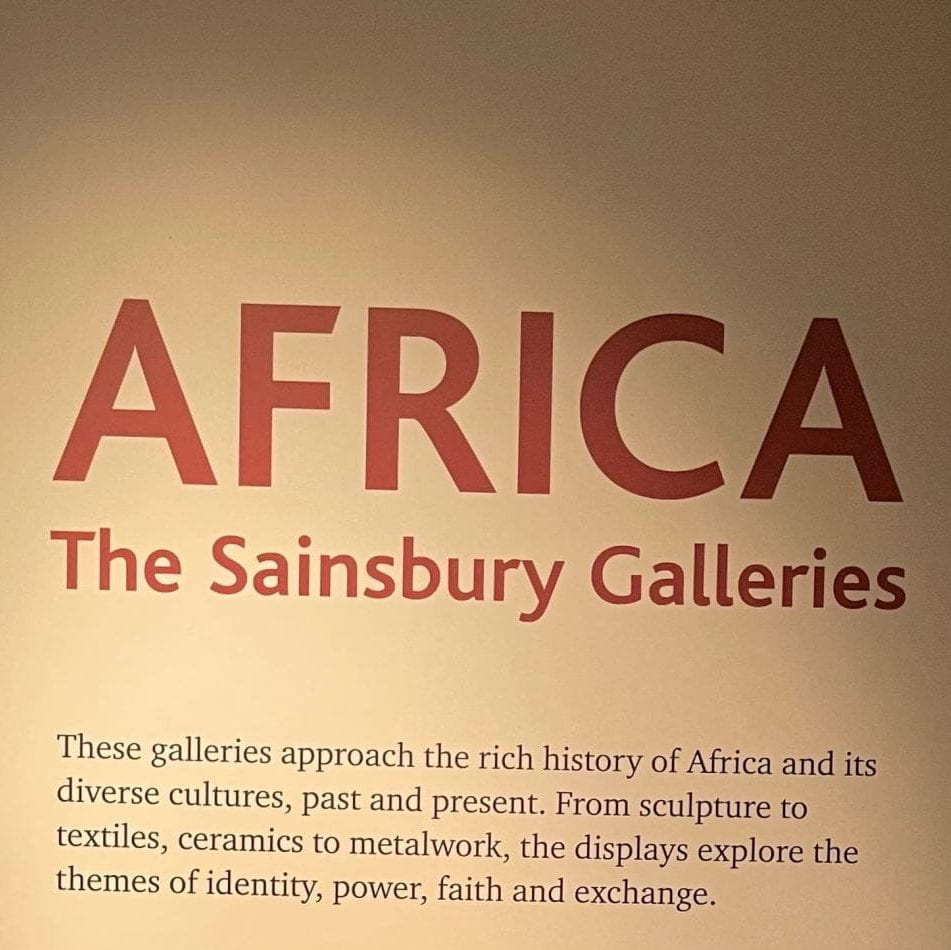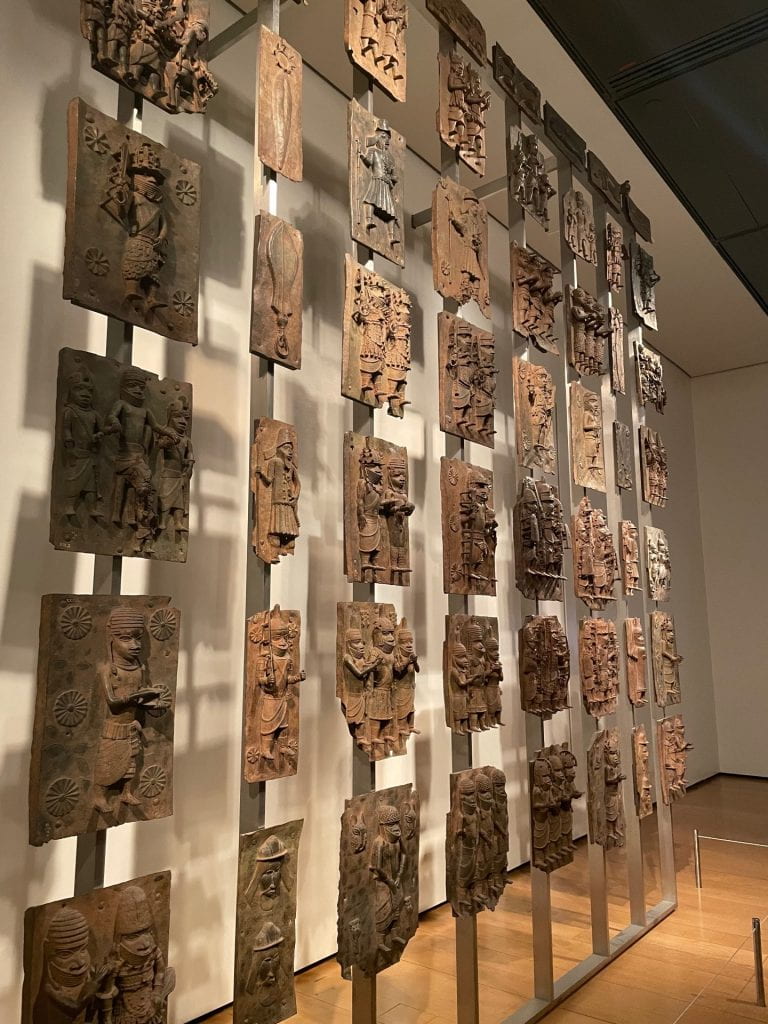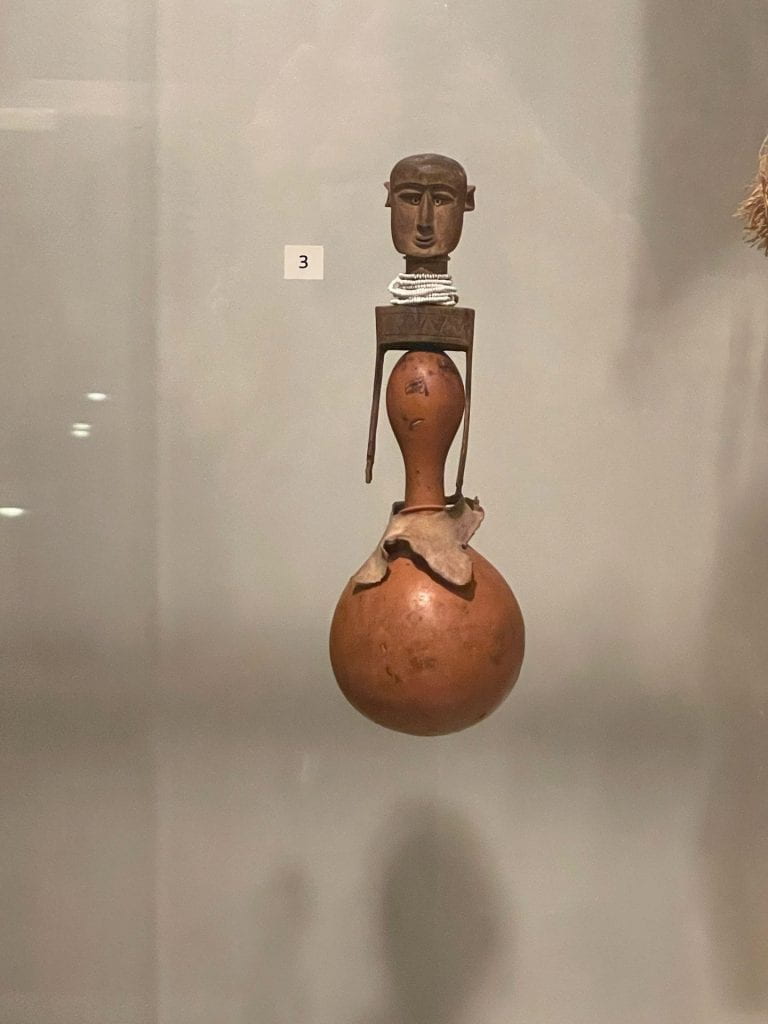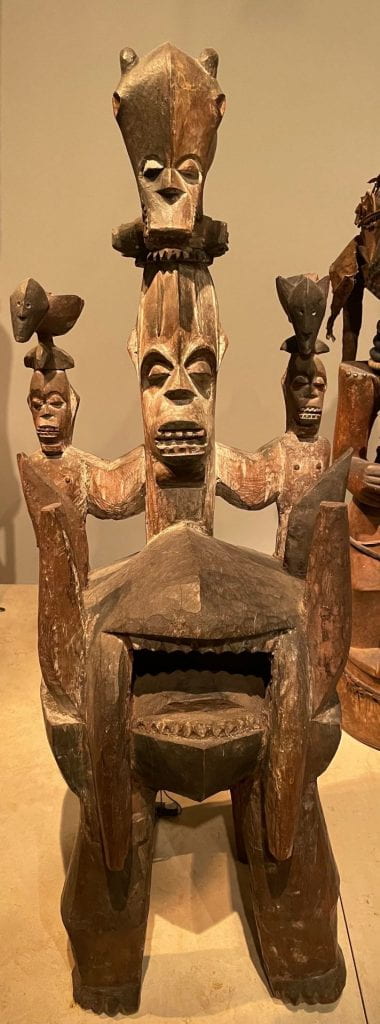Will Justice Be Served?
by Lara Gonzales

An eye-opening situation was discussed in class this week. We learned of an event that happened just 60 years ago, called the Mau Mau Rebellion. It was a revolt in Kenya against the British colonizers that occurred between 1952-1960. The Kikuyu, Kenya’s major ethnic group, emulated the revolts against imperialists that were happening around the world. Instead of a bloody conflict that resulted in freedom, they were punished much worse. A genocide that parallels the horrors of the Holocaust occurred, and to this day it has little coverage. We read literature that depicts some of the most graphic atrocities many of us have ever heard. The British colonizers had no regard for humanity, and committed a genocide through labor, prison, and extermination camps. It is unjust that this story continues to be swept under the rug.
In the basement of the British Museum, there is an exhibit containing artifacts from Africa. When one first walks in, there is a description of the exhibit that states “The objects shown here came to the British Museum by many different routes over time. Some were purchased, donated, or commissioned. Others arrived as a direct result of British military expeditions. Significant portions of the collection were acquired in the context of colonization”. Once again, the same rhetoric of brushing aside atrocities has occurred. While some accountability takes place, it would be more moving to show how specifically each piece ended up at the British Museum.

There is only one set of objects that explains the origins of its exploitation. The Benin Bronzes are “…a group of sculptures which include decorated cast plaques, human and animal heads and figures, and ritual and personal objects.” There is a description accompanied with these plaques that acknowledges the way they were acquired. It declares that “In 1897, a highly provocative British mission to Benin City was attacked and its 230 African and seven British members were killed…objects were plundered from palaces and shrines, including nearly 1000 brass plaques.” This was a moving piece and the description along with it expresses the impact of colonization and finally acknowledges British wrongdoings.
While looking around the exhibit, I saw very few pieces from Kenya, which shows people from Kenya are still largely unacknowledged by the British. One interesting piece from Kenya is a Calabash flask with a carved wooden stopper from the 19th century. It is from the Giryama people, who believed disease was caused by hostile spirits. They believed this flask contained a helpful spirit that was used as a divine healer. This piece reminded me of the heinous health conditions the Kikuyu experienced. Since they were starved, over worked, and beaten, they were very susceptible to disease. They had horrendous conditions where they had no toilets, no clean water, overcrowded camps, and were made to eat feces. This led to outbreaks of tuberculosis and malaria. Their culture was stripped and if they could practice their religions and beliefs like using the Calabash flask, it could have offered some solace. These atrocities that were swept under the rug are appalling and we are just at the beginning of awareness and education to gain the justice deserved to these victims.







